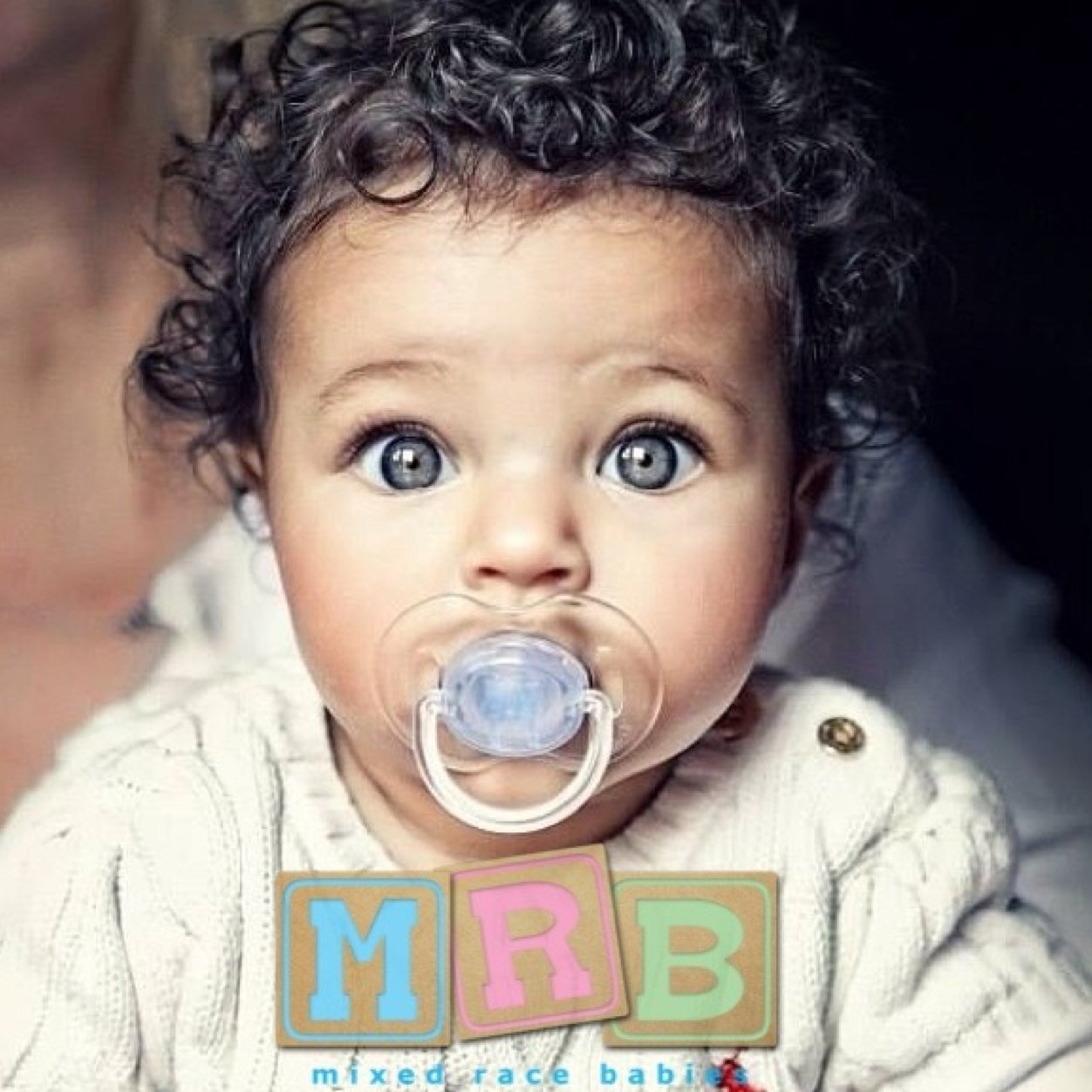Economic Activities of Portugal (2011)
Exports (Total = $51,675,924,491)
Some big exports...
Live Animals/Animal Products $1,463,210,191
Vegetable Products $922,858,062
Animal and Vegetable Fats/Oils $536,675,707
Prepared Foodstuffs $3,479,577,449
Plastic and Rubber Products $3,869,575,340
Articles of Animal such as leather, fur, etc. $118,978,853
Wood, Cork, Straw, etc. $1,820,888,447
Recovered wood, paper, etc. $1,417,893,570
Textiles $5,387,308,474
Pearls, Semi- Precious Gems, Precious Metals & Imitation Jewelry $781,264,786
Machinery, Appliances, Electrical Equipments, etc. $8,076,999,612
Vehicles, Aircraft Vessels, Transport Equipment $7,809,823,836
Arms and Ammunition $53,240,674
Works of Art, Antiques $11.595,519
* Between 2005 and 2011, exports have risen $16,766,786,043. From 2005 to 2008, exports were on the rise. Exports fell from 2008 to 2009, and began to rise again in 2010.
Imports
Live Animals/Animal Products $3,813,623,563
Vegetable Products $3,229,361,054
Animal and Vegetable Fats/Oils $780,618,085
Prepared Foodstuffs $3,539,815,784
Plastic and Rubber Products $4,313,334,485
Articles of Animal such as leather, fur, etc. $322,591,993
Wood, Cork, Straw, etc. $916,375,845
Recovered wood, paper, etc. $1,189,510,555
Textiles $4,340,283,519
Pearls, Semi- Precious Gems, Precious Metals & Imitation Jewelry $273,021,104
Machinery, Appliances, Electrical Equipments, etc. $9,893,130,155
Vehicles, Aircraft Vessels, Transport Equipment $8,509,216,578
Arms and Ammunition $75,367,431
Works of Art, Antiques $7,182,922
Commodity Prices
 |
| http://www.indexmundi.com/commodities/ |











